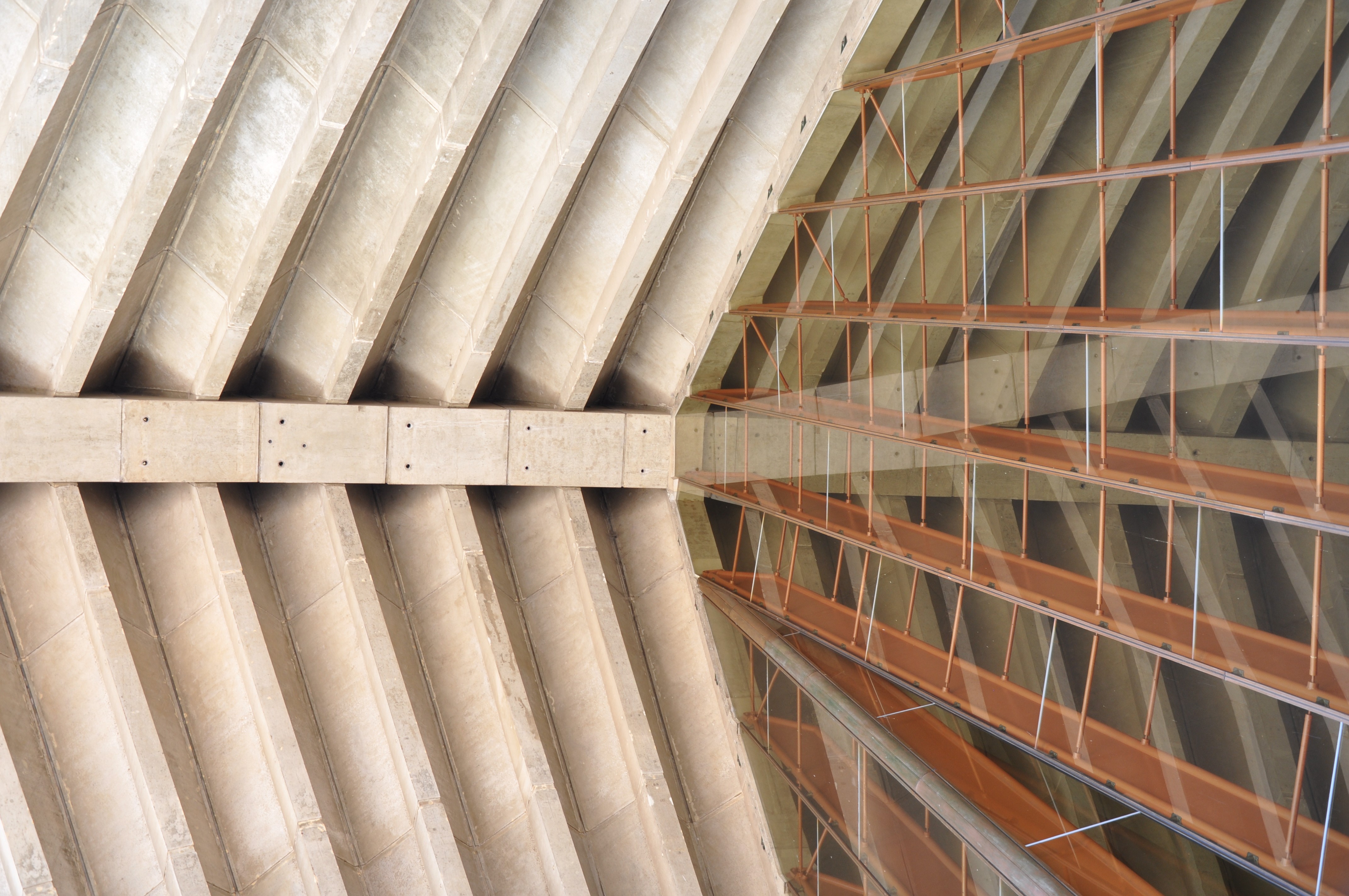Precast concrete forecast to reach USD $154B in revenue
Vancouver-based researchers believe urbanization and population increases will fuel the growth.

Precast concrete panels and ribs hold up the Sydney Opera House. – Creative Commons License
Key Takeaways:
- The global precast concrete market is expected to reach USD $154.89 billion by 2030.
- The major factors driving this growth are urbanization and population growth.
- The Internet of Things and 3D modeling are driving innovation in the sector.
The Whole Story:
Experts are forecasting major growth in the precast concrete market.
The global market reached USD $95.20 billion in revenue in 2021 and is expected to grow to USD $154.89 billion by 2030, according to the latest analysis by Emergen Research. The market is also expected to register a compound annual growth of 5.7 per cent over the forecast period.
Major companies included in the market report are Larsen & Toubro, Tindall Corporation, Olson Precast Company, STECS, LafargeHolcim, Gulf Precast Concrete Co., Forterra Pipes & Precast, Spancrete, Boral Ltd. and LAING O’Rourke.
Drivers of growth
Emergen noted that the two main factors driving market expansion are rapid urbanization and exponential population growth.
“Increased demand for non-residential buildings like airports, sports facilities, shopping centers, and commercial spaces will have a significant impact on the supply chain because of the expedited and cost-efficient construction process,” wrote researchers. “Precast concrete will be even more in demand as a result of the growing demand for residential spaces brought on by the expanding population and government programs to build housing for the Economically Weaker Section.”
In addition, the need for improved employment possibilities has increased urbanization efforts, expanding its use in offices and other commercial facilities, stated the report. Residential constructions also employ precast concrete items such as walls, beams, columns, and staircases. Emergen found that these items are in high demand in the building and construction sector because of how simple and quickly they can be constructed.
“In a variety of weather situations, cast concrete products enable effective and affordable construction,” said the researchers. “These goods are meticulously produced off-site, which raises the level of quality in general. Utilizing pre-casted items dramatically decreases building time, cost, and waste.”
Impacts of COVID-19
The report added that the building and construction sector is expected to be significantly impacted by the COVID-19 pandemic. The epidemic caused the abrupt end of infrastructure development and building activity. The market was hindered by the reduced output of raw materials, interruptions in the supply chain, limitations on the movement of people and goods, and problems with trade movements.
“The epidemic has resulted in an oversupply of precast materials,” noted researchers. “In addition, precast concrete is fragile like other concrete materials. If in any instance precast concrete is not handled properly, components can be quickly damaged.”
They explained that because of this it’s vital to set up certain tools and procedures to protect the goods. What matters most, in this case, is the transit process. Care should be taken during the lifting and transporting stages to avoid any unforeseen circumstances. Precast concrete is very versatile, but because of its robust and enduring structural behavior, building each piece is rather difficult. In order to maintain everything correctly connected, the connections formed should be continuously monitored and should assure durability. Faulty connections could cause sound insulation to fail or cause water leaks.
Current Trends and Innovations
Internet of Things (IoT) is a hot topic in the sector. The newest technologies already make it possible to identify production bottlenecks and the need for preventative maintenance. IoT is used to process data, such as produced square meters, the speed of the machine and screws, and the quality of the casting, to decide the best time for maintenance. To maximize the length of a maintenance break and reduce production disturbance, these variables can be changed specifically for each facility and machine. Precast concrete 3D models are currently used successfully by designers in many different sectors.
For instance, when their models are available in 3D format, architects and structural designers may more effectively communicate their ideas, explained researchers. Precast plants follow the same rules. Evaluation of the space and safety requirements is made simpler by 3D industrial models. 3D models aid in the analysis of approaches to increase safety and usefulness in machine development. Additionally, it is simpler to identify any particular requirements when engineers have the opportunity to view a product in 3D prior to its manufacturing.
